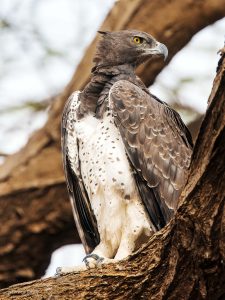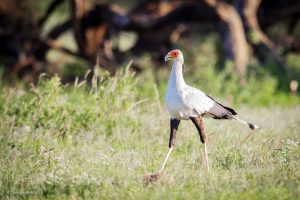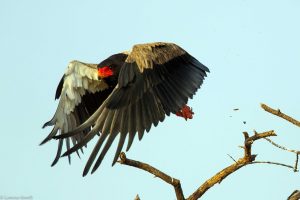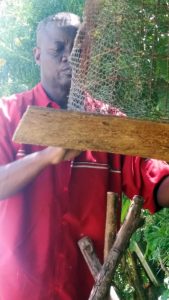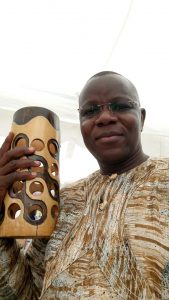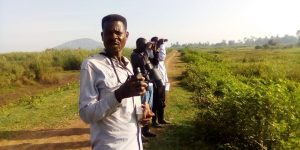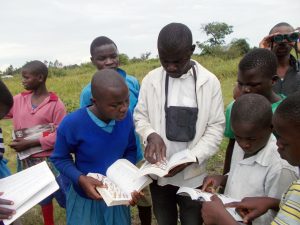Green greets your eyes as you step into Kimanzi Ndavi’s farm in Shaurimoyo, Kipini, Tana River Delta. Unlike neighbouring farms, the sesame crop in his piece of land appears unaffected by the drought ravaging many parts of the delta. In a few weeks, Ndavi will be harvesting his crop.
“Simsim (sesame) is not affected so much by drought,” he says.
Ndavi is one of the 104 farmers from the Tana Delta who received sesame seeds from Nature Kenya. Five acres of his land are currently under sesame cultivation, and things are looking promising. Sesame, notes Ndavi, yields a better income compared to maize.
“A bag of simsim can fetch up to Ksh. 10,000. If you compare it with maize, simsim is more profitable. That is why I decided to venture into its farming,” he adds.
Ndavi expects to harvest at least three tonnes of the crop out of the five acres.
Nature Kenya is promoting cultivation of oilseed crops such as sesame and sunflower in the Tana Delta under a climate-smart agriculture initiative. Climate-smart agriculture uses farming practices that improve farm productivity and profitability and enable farmers to adapt to the adverse effects of climate change. This approach addresses the interlinked challenges of food security and climate change.
Under the climate-smart agriculture initiative, farmers receive improved crop seeds, training in crop husbandry and extension services. Crops identified for this initiative include green grams, cowpeas and maize. Sesame and sunflower have also been picked as high-value crops suitable for the Tana Delta landscape. The selected seed varieties for these crops are drought-resistant and fast maturing.
The climate-smart agriculture initiative is a component of the Community Resilience Building in Livelihood and Disaster Risk Management (REBUILD) project funded by the European Union.
Nzilani Esther, a farmer from Mapunga, Kisiwani area, is another beneficiary of the project.
“Apart from receiving improved crop seeds, we have also been taught how to time the rains and sow correctly,” says Nzilani, who has planted two acres of green grams.
According to Boniface Musyoka, an agronomist working for Nature Kenya in Tana Delta, 1,570 farmers drawn from Kipini, Garsen and Tarasaa areas are actively engaged in climate-smart agriculture.
“A majority of the farmers we have engaged in our in climate-smart agriculture initiative are women. The initiative seeks to build climate change resilience among communities in the Tana Delta,” says Boniface.
Nature Kenya is also working closely with the Tana Delta Farmers’ Cooperative in the climate-smart agriculture initiative. The cooperative manages the Ngao Farmers’ Field School. This facility offers climate-smart agriculture, greenhouse technology and conservation agriculture training to farmers.

